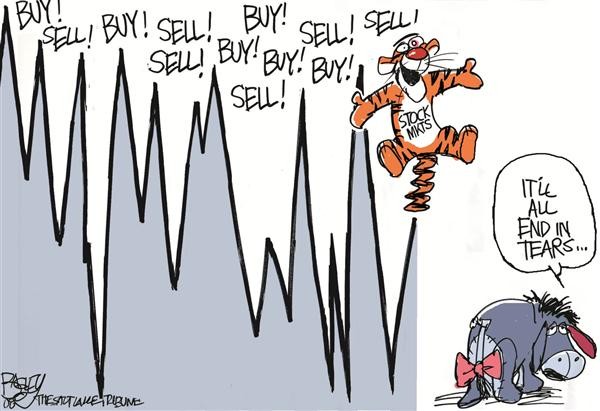Mutual Funds 101
Post on: 14 Май, 2015 No Comment

But while you may not own the assets themselves, they are important, because the value of the fund is based on the value of the assets it holds. As the stocks, bonds and so on within the fund increase in value, the fund increases in value. Conversely, as the stocks, bonds and so on within the fund decrease in value, the fund also decreases in value.
Now that you know what a mutual fund is, what are the benefits of mutual funds?
Benefits
Mutual funds offer two key benefits: diversification and professional management.
Diversification means owning many different assets at one time. Mutual funds offer instant diversification because each fund, or basket, owns multiple stocks, bonds and so on. When you buy a piece of the fund, you essentially buy a piece of every asset held by the fund.
Professional management means that somebody who spends a lot more time analyzing financial markets than you do will be helping you invest your money.
Now that you know what the benefits of mutual funds are, what types of mutual funds are available?
Types Of Mutual Funds
Mutual funds are divided into two categories: closed-end and open-end.
Closed-end funds have a limited number of shares. If you want to purchase a piece of the fund, you have to purchase an existing share.
Open-end funds have an unlimited number of shares. If you want to purchase a piece of the fund, the fund creates a new share and sells it to you. There are significantly more open-end funds than there are closed-end funds.
Now that you know what types of mutual funds are available, how are those mutual funds classified?
Mutual Fund Classification
Mutual funds are classified by various groups and institutions, but Morningstar is the industry standard when it comes to mutual fund classification. Morningstar has two classification systems: the Morningstar Style Box and Morningstar Categories.

The Morningstar Style Box is a 3-by-3 grid that categorizes equity-based mutual funds by the style and size of the equities they hold. It categorizes fixed-income mutual funds by the duration and quality of the fixed-income instruments they hold.
Morningstar also classifies mutual funds according to the following 48 predetermined categories, based on the assets held by the fund:
Diversified Emerging Markets
Diversified Foreign
Diversified World
Europe
General Intermediate-Term














